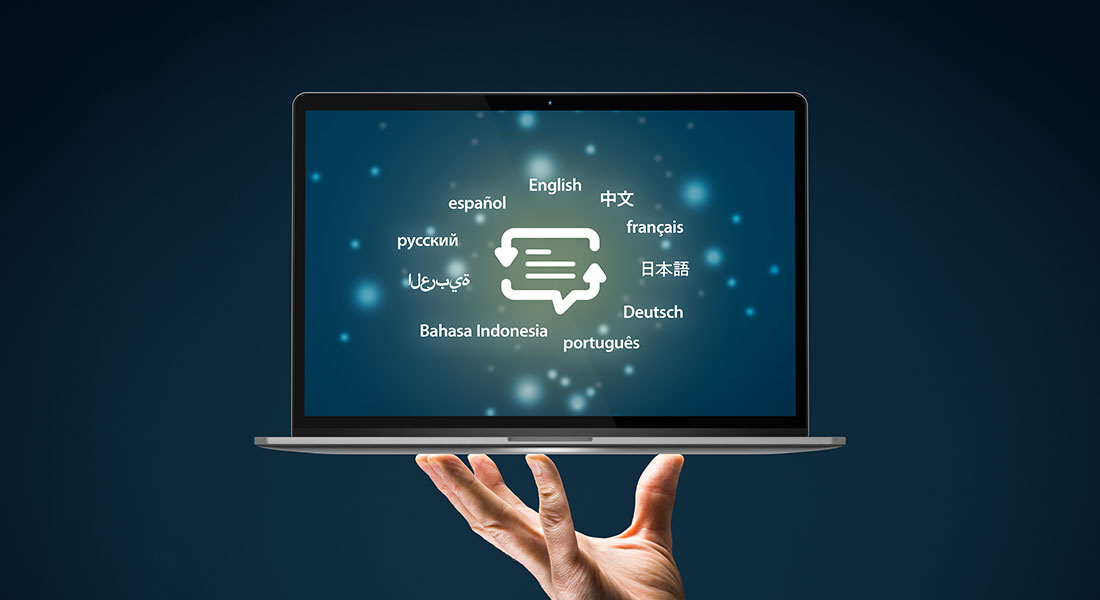5 Translation Trends to Watch Out for in 2017

When e-learning can break the barriers of time and space for training, why should language be a hurdle? Actually it is not. Organizations with a global presence and a workforce spread across multiple locations look at giving the same training to employees in multiple languages. This has helped promote the translation of e-learning courses. E-learning vendors are going beyond creating customized courses to provide courses translated in multiple languages.
Translation of e-learning courses is a one-time investment; a course when translated into multiple languages, can train a multilingual workforce. In recent years, translation in e-learning has moved beyond converting courses into multiple languages. Let us look at some of the trends that will rule translations, in 2017.
Video Translation
With videos becoming a hot e-learning trend, it is only natural that the content of videos used in e-learning courses is translated into multiple languages. Video content continues to grow exponentially and businesses cannot afford to create videos in multiple languages. Savvy organizations are looking at translating the voiceover in multiple languages, to keep costs down while catering to a diverse workforce.
App Translation
Organizations are turning to e-learning mobile apps, to provide training to the workforce spread across multiple locations. These apps allow learners to learn on their terms and in their location choices. Learners can access learning resources wherever they are. App translations will be a big trend in 2017 as e-learning app developers are looking at making their apps available in multiple languages.
Machine Translation
While machines cannot take over the whole translation process yet, machine translation tools will be increasingly used by humans to handle projects and decrease costs. Tools such as ‘Translation Memory’ (TM) will be used to handle low-quality, high-volume, non-critical tasks of translation, while humans do the more sophisticated work.
Increase in Multilingual Courses
With a wider access to Internet across the globe, and businesses looking to expand in every nook and corner, it has become necessary to provide e-learning courses to smaller number of speakers of different languages. This indicates an increase in the translation of e-learning courses in multiple languages.
For translation into multiple languages, the trend would be to create a course in such a way that the translator can understand industry-specific terminology and is able to translate the course to the minute detail.
Preference for Localization
When e-learning is delivered in multiple languages, it is imperative that the course should be localized, which is the process of adapting the course to different languages. This indicates that e-learning courses in English will have to be created with care, so that there is room for revision of the nuances of different cultures during the translation of specific information like number and date formats, images, the right jargon and words. This will ensure the original course is culturally compatible for localization.
These trends indicate that if businesses are looking at the translation of e-learning courses to train a multilingual workforce, they should look for a company with expertise in providing quality translations. They will have a well-planned strategy that will ensure quality and reliability of the translation, which keeps up with the trends.





![5 Hot E-learning Trends Transforming The Corporate Training Landscape [Infographic]](https://blog.commlabindia.com/hubfs/Imported_Blog_Media/elearning-trends-in-corporate-training.gif)